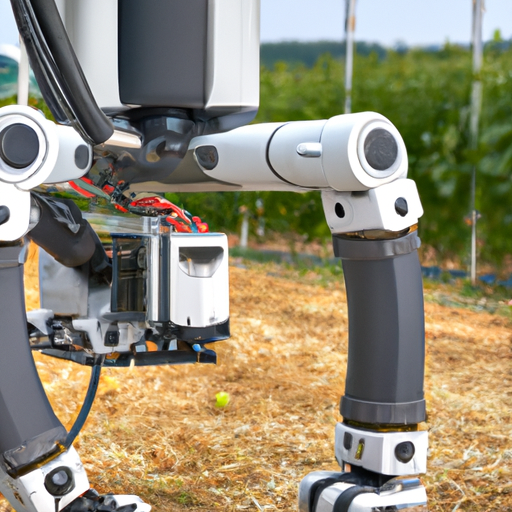The world of agriculture is rapidly evolving, thanks to disruptive technologies like robotics. As the global population continues to grow, the need for efficient and sustainable farming practices is more critical than ever. Robotics in agriculture is not just a trend; it’s a revolutionary shift that promises to enhance productivity and efficiency across the sector.
Why Robotics in Agriculture Matters
Robots can assist farmers in numerous ways, from planting seeds and harvesting crops to monitoring soil health and improving efficiency. The integration of robotics into agricultural practices facilitates precision agriculture, which uses data from satellites, sensors, and drones to make better farming decisions. Here’s a closer look at how robotics is reshaping the farming landscape.
Types of Agricultural Robots
There are several types of robots used in agriculture:
- Automatic Tractors: These self-driving tractors can plow, sow, and harvest crops without human intervention, reducing the labor burden on farmers.
- Drones: Used for aerial surveillance, drones gather data about crop health and soil conditions, allowing farmers to make informed decisions.
- Harvesting Robots: These robots are designed to pick fruits and vegetables and are particularly useful for crops that require delicate handling.
- Weeding Robots: Capable of distinguishing between crops and weeds, these robots help in maintaining crop health without the need for herbicides.
Benefits of Robotics in Agriculture
The benefits of implementing robotics in farming are substantial:
- Increased Efficiency: Robots can work longer hours and complete tasks more quickly than human laborers, leading to higher productivity.
- Cost Savings: Although the initial investment can be high, the long-term savings on labor costs and increased yields can be significant.
- Sustainability: Robotics helps in reducing waste and using resources more effectively, making farming more sustainable and environmentally friendly.
Challenges Facing Agricultural Robotics
Despite the advantages, the adoption of robotics in agriculture doesn’t come without challenges. High initial costs, the need for technical skills, and the integration of new technology into traditional farming practices can be significant hurdles. However, as technology advances and costs decrease, more farmers are likely to adopt these innovations.
Future of Robotics in Agriculture
Looking ahead, the future of robotics in agriculture is bright. Innovations like AI-powered robots that can learn and adapt to their environments are on the horizon. As smart farming becomes the norm, agricultural robotics will play a crucial role in ensuring global food security and sustainability.
Conclusion
In conclusion, robotics in agriculture is set to revolutionize the industry. By enhancing efficiency, reducing costs, and promoting sustainable practices, these technologies stand to benefit not only farmers but also consumers and the environment. Embracing this change is essential for a better agricultural future.
For more insights on agricultural technology and innovations, don’t forget to subscribe to our blog!




